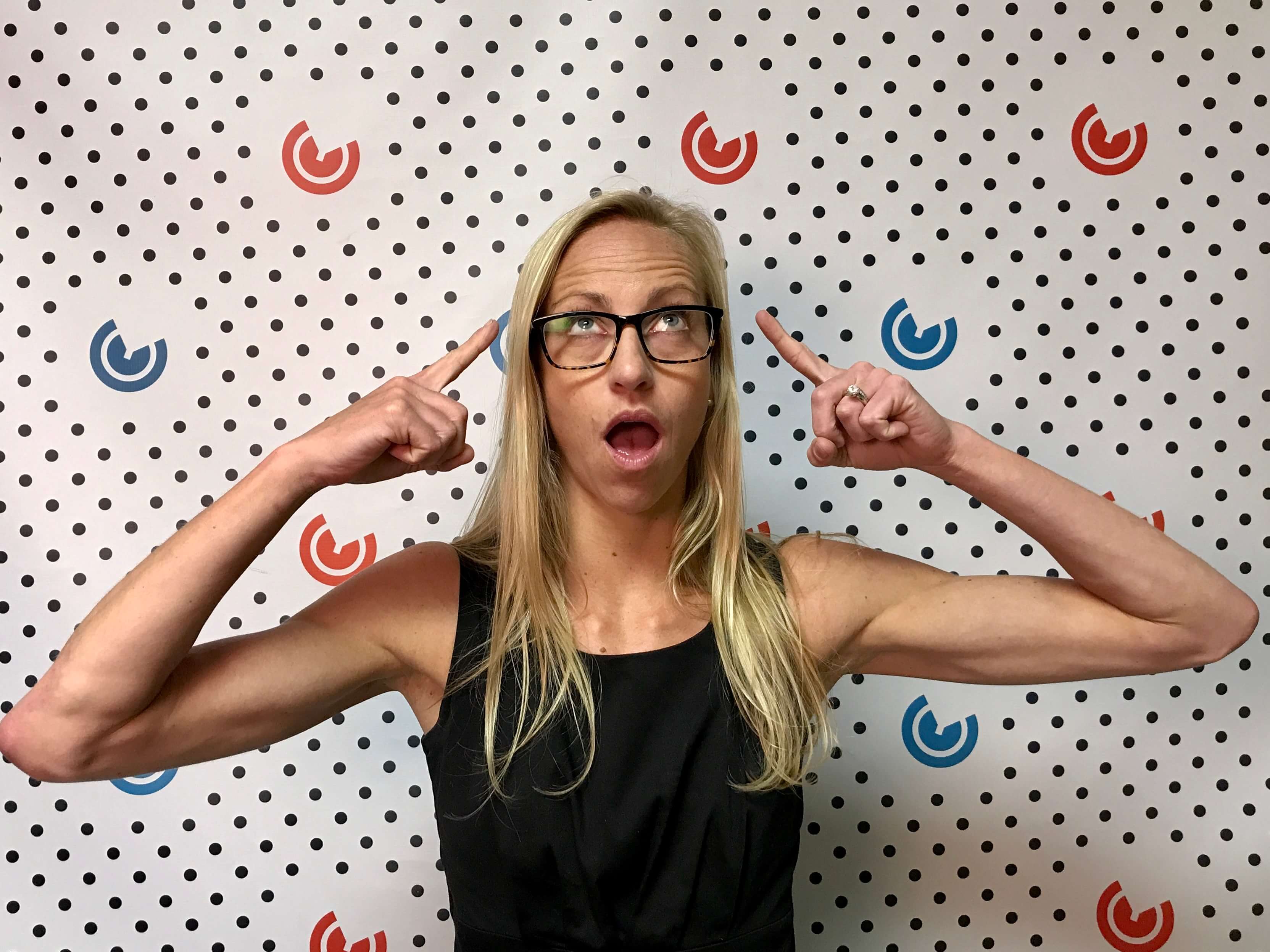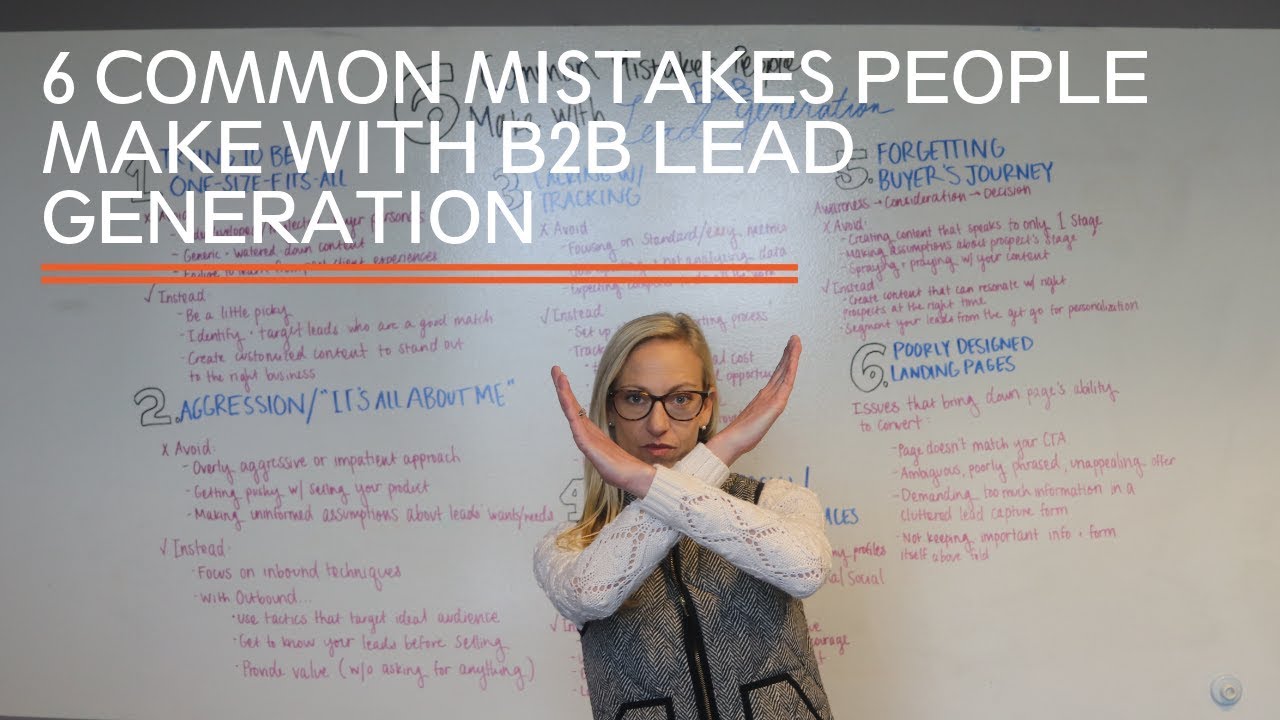What We're talking about... Lead Scoring
Saving time and effort all while maximizing value and revenue sounds great, right? Well, that's exactly what a proper lead scoring strategy can do...
I know what I am looking for, and would like to chat.
A team of data-driven marketers obsessed with generating revenue for our clients.
Because the proof is in the pudding.
At Campaign Creators we live by three principles: Autonomy, Mastery, Purpose.
4 min read
![]() Tammy Duggan-Herd
:
07/20/17
Tammy Duggan-Herd
:
07/20/17

Hello, all, we're here today with Tammy Duggan-Herd, PhD, to talk to you about a field that can be highly applicable to marketing: psychology. If you find yourself wondering about how to get inside your leads' heads, or where your nurturing campaign is not connecting despite your best efforts, then this video is perfect for you! We'll be going over 7 principles that can be applied at every stage of your sales funnel to make your nurturing campaign a Freudian force to be reckoned with.
This blog post is part of "Your Definitive Guide to Lead Nurturing" blog series.
The mere exposure effect sounds ridiculously simple— the more we're exposed to a stimulus, the more likely we are to develop a fondness for it. Of course, this is by no means a green light to spam a lead's inbox with mindless emails at all hours of day. Without a strategy, your best-case scenario will be giving your clients Stockholm Syndrome!
But mere exposure confirms that a steady output of relevant and timely content over numerous outlets makes clients feel as though your company is reliable, consistent, and engaged with them.
It's also the reason a professional-yet-friendly tone and personalized elements in your campaign can make such a significant difference. In nurturing leads, you should constantly be considering not only how to stay at the top of your leads' minds, but how to humanize your digital relationship, as well.
If you needed any convincing of the importance of personalizing content, the self-reference effect makes an excellent case. Egocentric as we are, humans actually encode and recall information better when it relates to themselves, in comparison to material of less personal relevance.
Silly though it may seem, a lead may better remember your offer or find your educational content more convincing if their name heads the preceding line. On a broader scale, this relates to the relevance of your content as a whole— for this reason, among many others, it pays to segment your client database and personalize as much of your outreach content as possible.
The Beatles imparted their marketing wisdom on the world when they said, “the love you take is equal to the love you make.” This is also known as the fairly straightforward reciprocity principle, which states that people tend to feel compelled to give back when something is received, particularly of no cost to them.
Reciprocity is the core concept behind your landing pages, and moves clients down your sales funnel at a pace that they view as fair in exchange for subscriptions, purchases, personal information, etc. It also drives companies to invest in free samples, trial versions, and (conveniently for you) content offers throughout a marketing campaign.
To put it succinctly: don't be stingy with your leads! Valuable content can include anything from an exclusive ebook to a free piece of merchandise to a one-on-one consultation. If you make “surprise gifts” a regular component of your marketing while also refraining from putting pressure on the recipients to reciprocate, you will meet a great deal of positive responses.
The ultimate study in peer pressure, social proof is the theory that people will align their beliefs or actions toward those of others that they like or trust. Over 70% of Americans say they look at product reviews as criteria before making a purchase! This is a pretty commonly applied tactic in lead generation, but it's important to continue applying it in the nurturing process, as well.
For instance, client reviews are one of top things potential customers look for when gathering information about a product they're interested in. Therefore, you should look for natural places to plug client testimonials and press endorsements into your website, emails, and throughout your content. Even a series of short snippets can build your credibility in a major way.
Another way to exploit social proof is on your blog, where you can use social sharing and follow buttons that also display the number of followers your accounts already have, or the number of shares of a specific piece of content. Once your post receives even a low level of engagement, future visitors to your blog will be increasingly more likely to follow lead.
This is a kind of mental “shortcut,” which relies on examples, often rooted in personal experiences, that come most readily to mind when we evaluate a topic, take a stance, or make a decision. The concept is a good reminder to balance impressive, undoubtedly well-researched statistics with compelling stories.
Try to paint a picture of what your company does; address relatable scenarios of clients with problems; include testimonials and cite the work you did or products you sold to customers. A vivid image will build a stronger reputation of your company in a lead's memory in the long term.
Similarly, customer personas play a crucial role in tailoring your nurturing strategy toward a particular client base. If you’ve ever wondered why a lead ended up making a decision that seemed illogical to you, it very well may have been because you overlooked some aspect of their objectives, motivations, background, etc. Your offers and content must play to their emotions and experiences, affirming certain ideas they may already have.
Today's consumers have more options than perhaps ever before in human history. While this may inherently seem like a good thing— and in many ways is— being provided too many options can leave us disoriented and paralyzed by indecision. So more isn't always better!
That being said, consumers should undoubtedly have full control over their decisions and be offered a healthy number of options on their buyer's journey. The challenge is to streamline this process and avoid overwhelming them.
Content should be kept clear and concise, while calls to action should be specific and offer the resources necessary to take the next step “on site.” When it comes to offers, avoid including too many options; for instance, marketing 3 subscription package choices with several core differentiators is more sensible than offering 10. And in educational content, no matter what stage of the funnel, deconstructing broad concepts into numbered or bulleted lists can make a topic less intimidating to understand.
Finally, the foot-in-the-door concept is a well-known compliance tactic which states that agreeing to a small request increases the likelihood of later agreeing to a second, larger one. This is rooted in the consistency of the nature of the request.
You can see an obvious connection to campaign elements— if a lead initially agrees to navigate away from an email to receive access to a webpage with valuable information, they will then be more likely to fill out a personal information form later to a landing page for a better piece of content.
Patience is truly a virtue here. Optimizing the pace of your nurturing process so as to actively, but respectfully guide a lead toward making a decision is the secret to success. As with reciprocity, don't skimp on providing seemingly unprofitable content in hopes of speeding up the process. Gradual, incremented “requests” made of a lead are the best approach, so leave your door open rather than jamming it on a client's foot!
And that's our look into the psyche of your leads! Hopefully you've learned a bit about the thought processes of the consumer brain and will be able to start applying them toward your lead nurturing strategy.
If you want to improve your lead generation and nurturing start by downloading your free comprehensive Introduction to Lead Generation Guide.

Saving time and effort all while maximizing value and revenue sounds great, right? Well, that's exactly what a proper lead scoring strategy can do...

In any marketing campaign, it is important to understand both sides of the coin- that is, both what to incorporate into your strategy and where all...

It's no secret that video content in the next big thing. It'sforecasted to account for 80% of all internet traffic by 2019. In November 2016,...